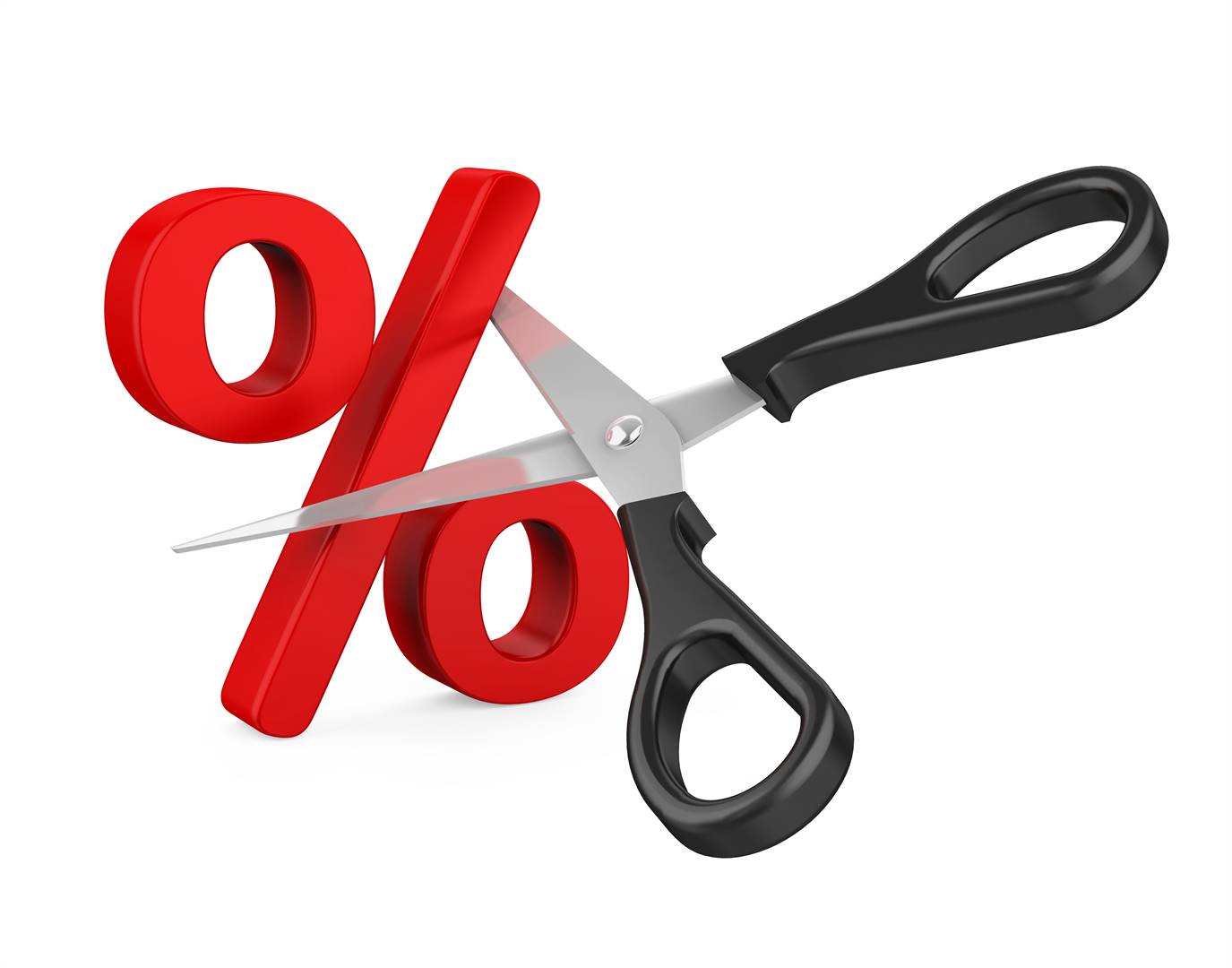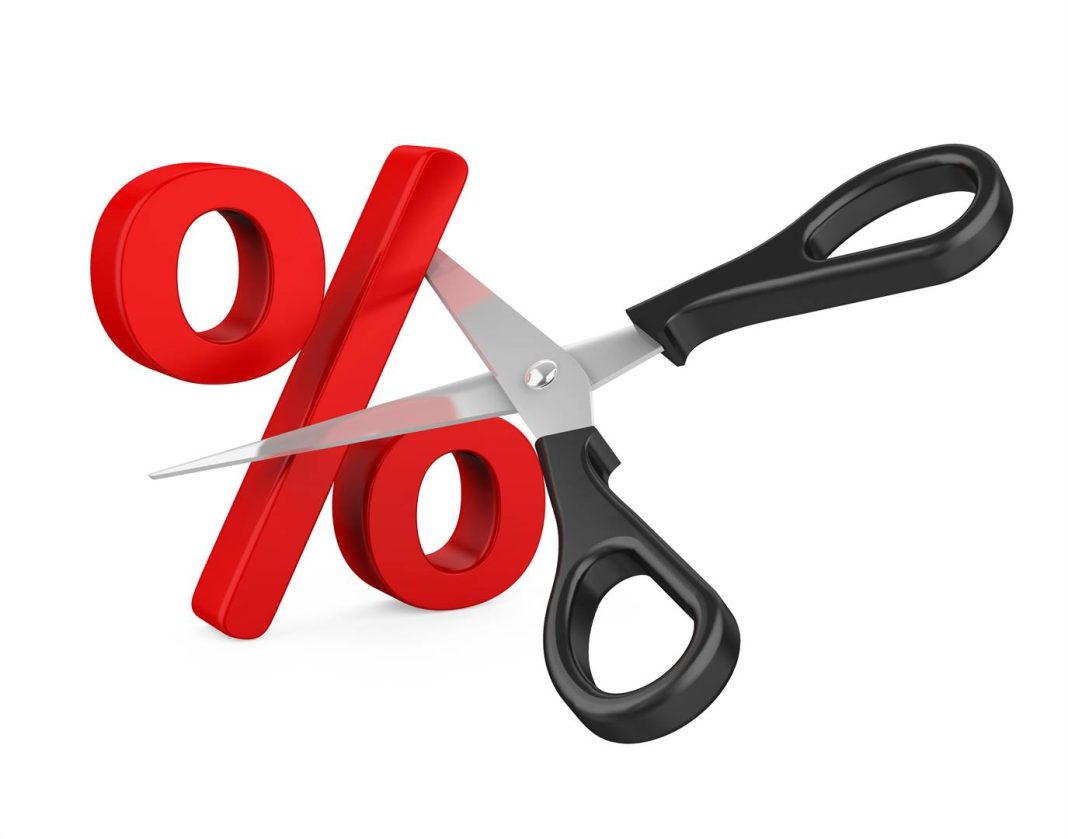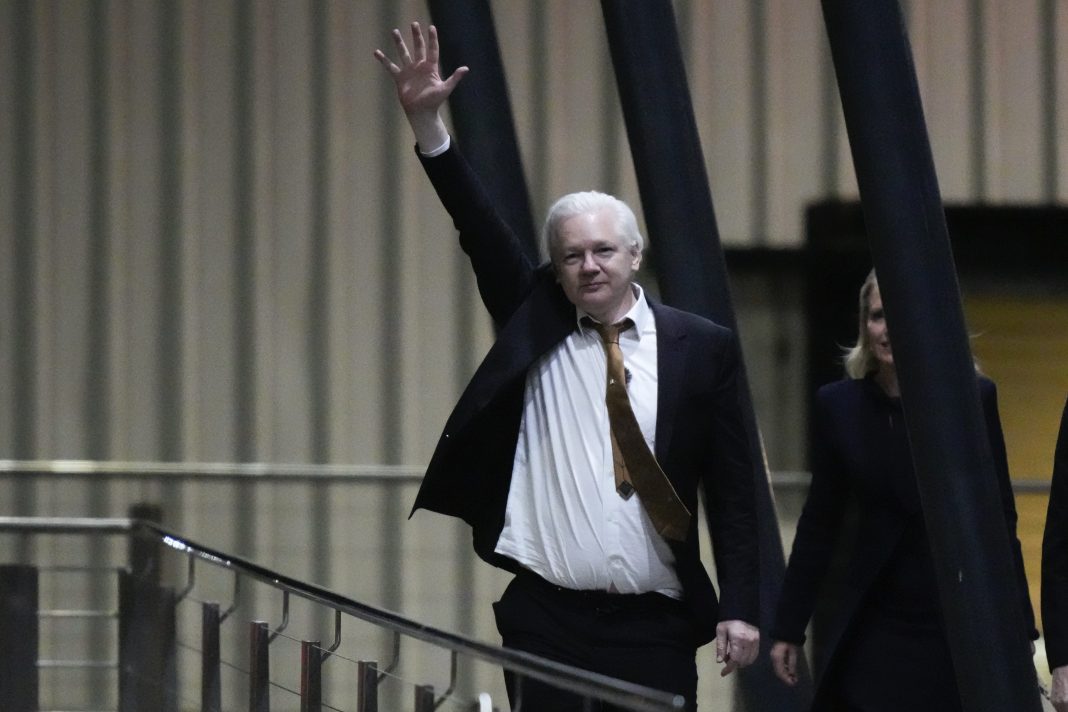 Title: Inflation Eases as Fed Hints at Interest Rate Cuts
Title: Inflation Eases as Fed Hints at Interest Rate Cuts
Introduction:
Recent data indicates that inflation in the United States may be easing, offering hope that the Federal Reserve’s efforts to curb rising prices are working. The personal consumption expenditures index (PCE), the Fed’s preferred measure of inflation, rose by 2.6% last month, signaling a potential decrease after months of persistently high readings. This development has led investors to bet on the central bank cutting interest rates later in the year.
The Fed’s Preferred Measure of Inflation:
The personal consumption expenditures index (PCE) is a key inflation gauge used by the Federal Reserve. Fed Chair Jerome Powell has emphasized its significance. By closely monitoring the PCE, policymakers can gauge the level of inflation and make informed decisions regarding interest rates.
Easing Inflation Trends:
Economists expected the May report to show a slight easing of inflation to 2.6%, following a 2.7% reading in April. This downward trend is encouraging, especially considering that the PCE reached a peak of 7.1% in mid-2022. Moreover, other measures of inflation, such as the consumer price index, have also shown significant declines over the past two years.
Core Inflation and Consumer Prices:
The closely watched “core” index, which excludes volatile food and energy costs, saw a modest rise of 0.2% from April to May. This increase was lower than the previous month’s 0.3%, marking the smallest rise since October. From a year earlier, core prices climbed 3.4%, a decrease from last month’s 3.6% rise and the mildest increase in three years.
Food and Gas Prices:
Grocery costs remained unchanged on average from April to May, with a slight decrease of 0.2% the previous month. Food prices have only risen by 1% over the past 12 months, although they are still up by approximately 20% compared to three years ago. Average gas prices experienced a significant drop of 3.6% nationally from April to May, but they remain 2.2% higher than they were a year ago.
The Fed’s Objective:
The Federal Reserve aims to achieve a “soft landing” by reducing inflation without causing a recession. The recent data indicates that their efforts may be yielding positive results. The central bank is closely monitoring economic indicators and considering interest rate cuts to maintain a stable and healthy economy.
The Health of the American Economy:
The American economy expanded at a slower pace in the first quarter of this year, with a growth rate of 1.4% compared to the previous estimate of 1.3%. This slight upgrade suggests that high interest rates may be impacting consumer spending, which grew at just a 1.5% rate. However, it is important to note that the slowdown was primarily influenced by surges in imports and decreases in business inventories, factors that may fluctuate from quarter to quarter and not necessarily reflect the overall health of the economy.
Investment as a Positive Factor:
Despite the slowdown, there are positive signs for the economy. Business investment rose at a 4.4% annual pace in the first quarter, outperforming the previous estimate of 3.2%. Higher investments in nonresidential buildings, factories, software, and other intellectual property have contributed to this increase.
Conclusion:
Recent data on inflation suggests that the efforts of the Federal Reserve to curb rising prices may be paying off. The personal consumption expenditures index (PCE), the Fed’s preferred measure of inflation, showed a decrease to 2.6% in May from 2.7% in April. This trend, along with easing consumer prices and increased bets on interest rate cuts, indicates positive developments for the U.S. economy. The Federal Reserve is closely monitoring these indicators as it seeks to achieve a “soft landing” and maintain a healthy economic environment.

